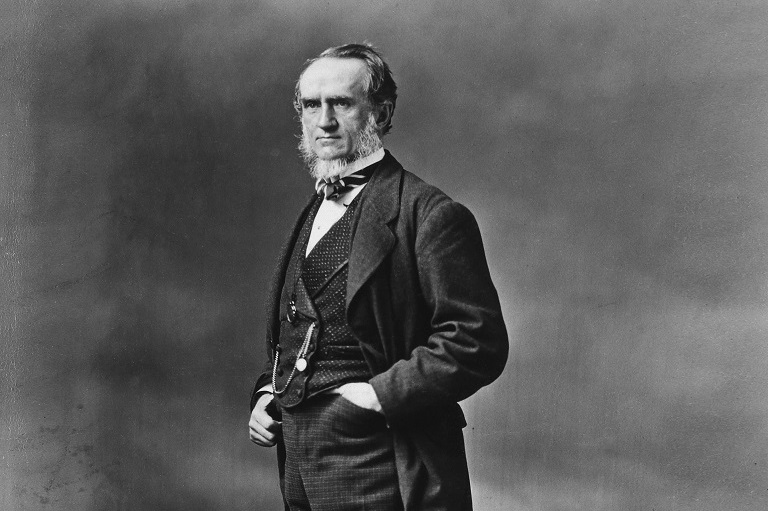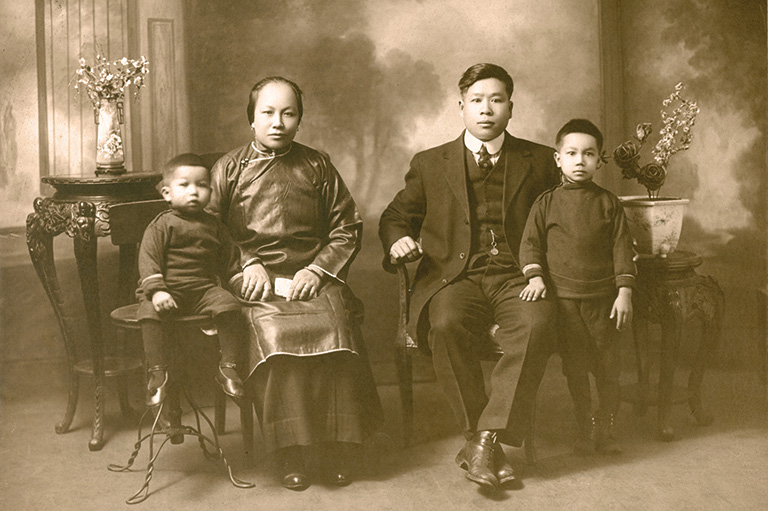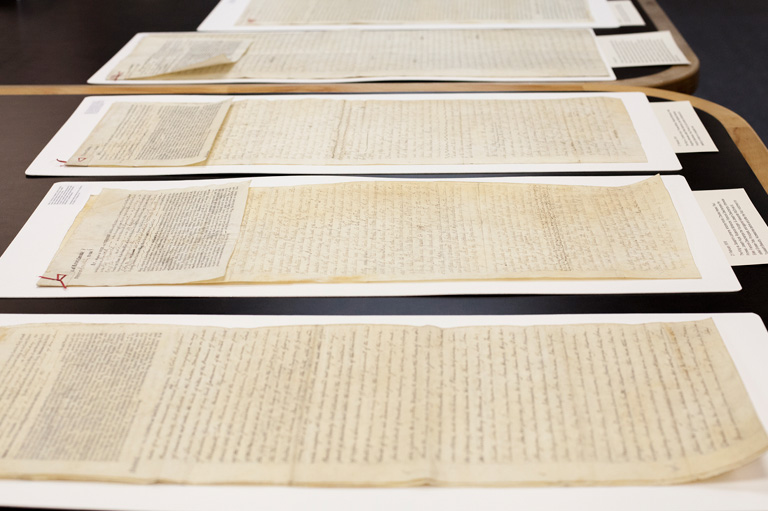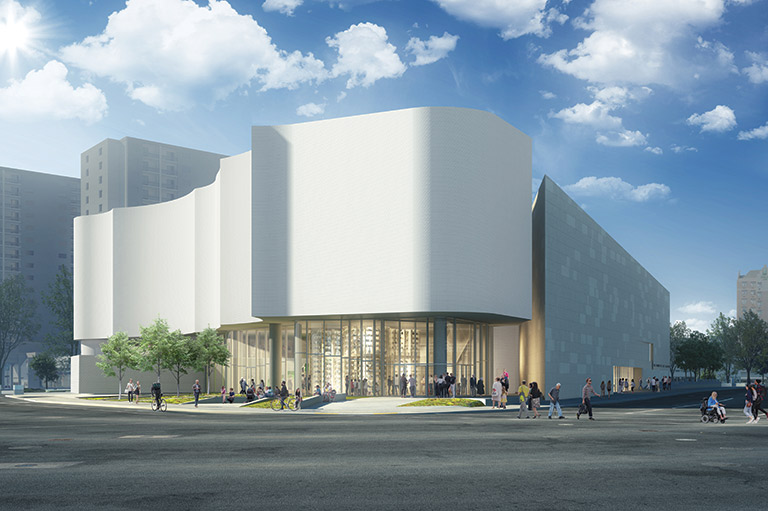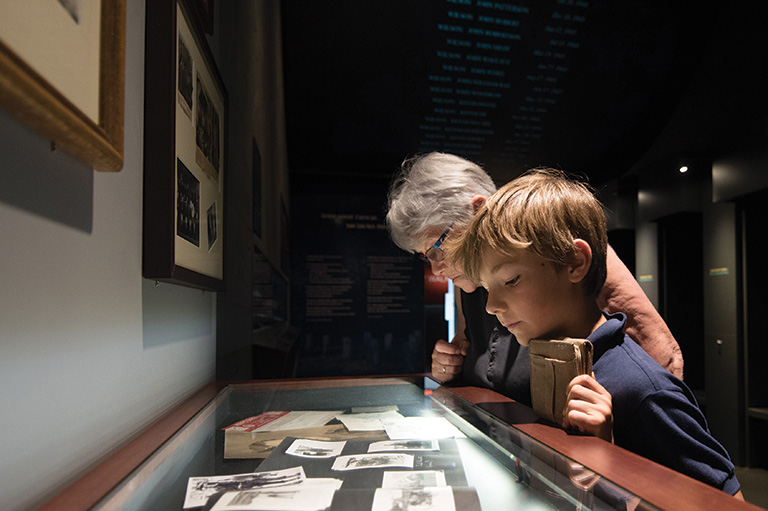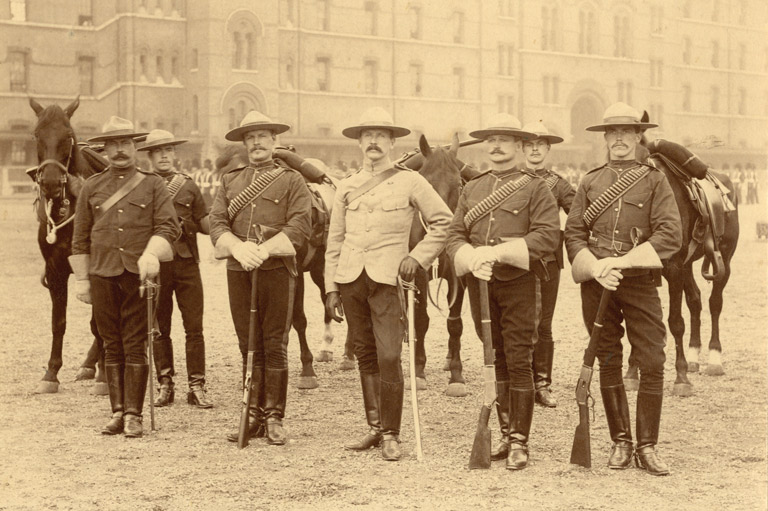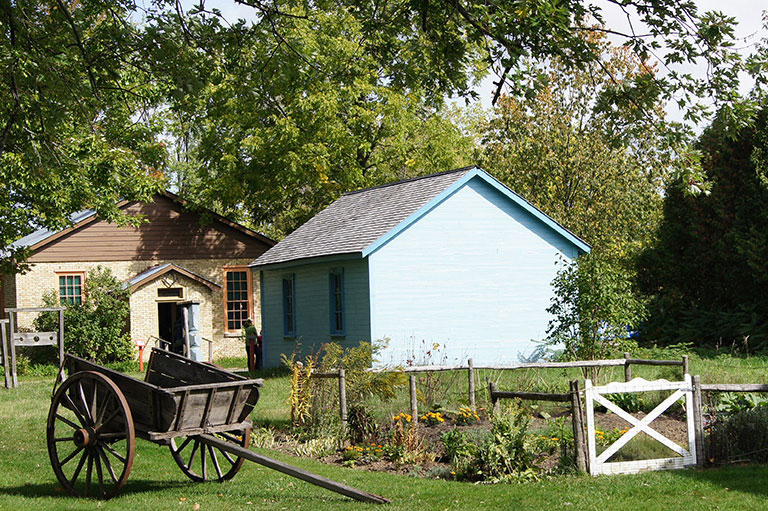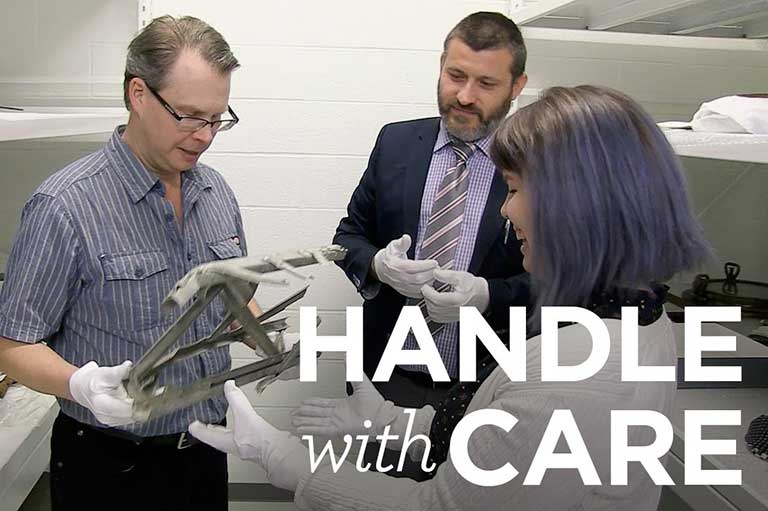UNESCO Recognizes NCTR Archives
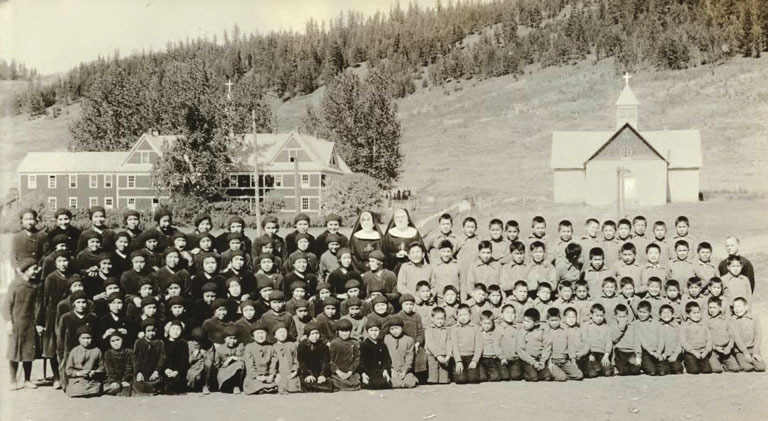
The memories and images that make up the archival collection of the National Centre for Truth and Reconciliation are a searing, emotional reminder of the pain inflicted on generations of residential school survivors and their families. Now this important archival resource has been recognized for its immense historical value.
The collection, housed at the NCTR at the University of Manitoba in Winnipeg, has been added to the UNESCO Canada Memory of the World Register — a designation created in 2017 to recognize documents that have deep significance to Canadian history. (UNESCO is the United Nations Educational, Scientific and Cultural Organization.)
“This says that the material that we hold here — the survivors’ statements, the documents — are essential knowledge for all Canadians. They have to be protected, and they have to be preserved,” Ry Moran, director of the NCTR, said in announcing the UNESCO designation.
The Truth and Reconciliation Commission of Canada (TRC) collected the material during cross-country hearings held between 2009 and 2015. The TRC heard from more than 6,500 witnesses, including residential school survivors and their families. In June 2015, it released its final report, which included ninety-four calls to action.
Two other collections were also added to the UNESCO register: the Wallace B. Chung and Madeline H. Chung Collection at the University of British Columbia and McCord Stewart Museum’s Notman Photographic Archives in Montreal.
Themes associated with this article
Advertisement

